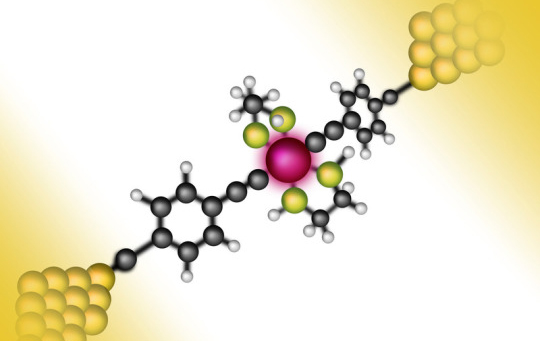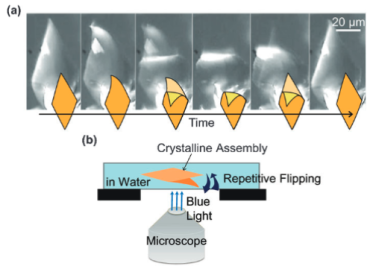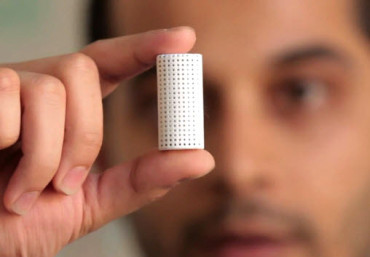Technical University of Munich (TUM) researchers have simulated a self-assembling molecular nanoswitch in a supercomputer study.
As with other current research in bottom-up self-assembly nanoscale techniques, the goal is to further miniaturize electronic devices, overcoming the physical limits of currently used top-down procedures such as photolithography.
The new TUM research focuses on porphine (C20H14N4, the simplest form of porphyrin* organic molecules), interacting on copper and silver surfaces to form a single-porphyrin switch that occupies a surface area of only one square nanometer (porphine itself is much smaller). Porphyrins have potential applications in molecular memory devices, photovoltaics, gas sensors, light emission, and catalysis.





